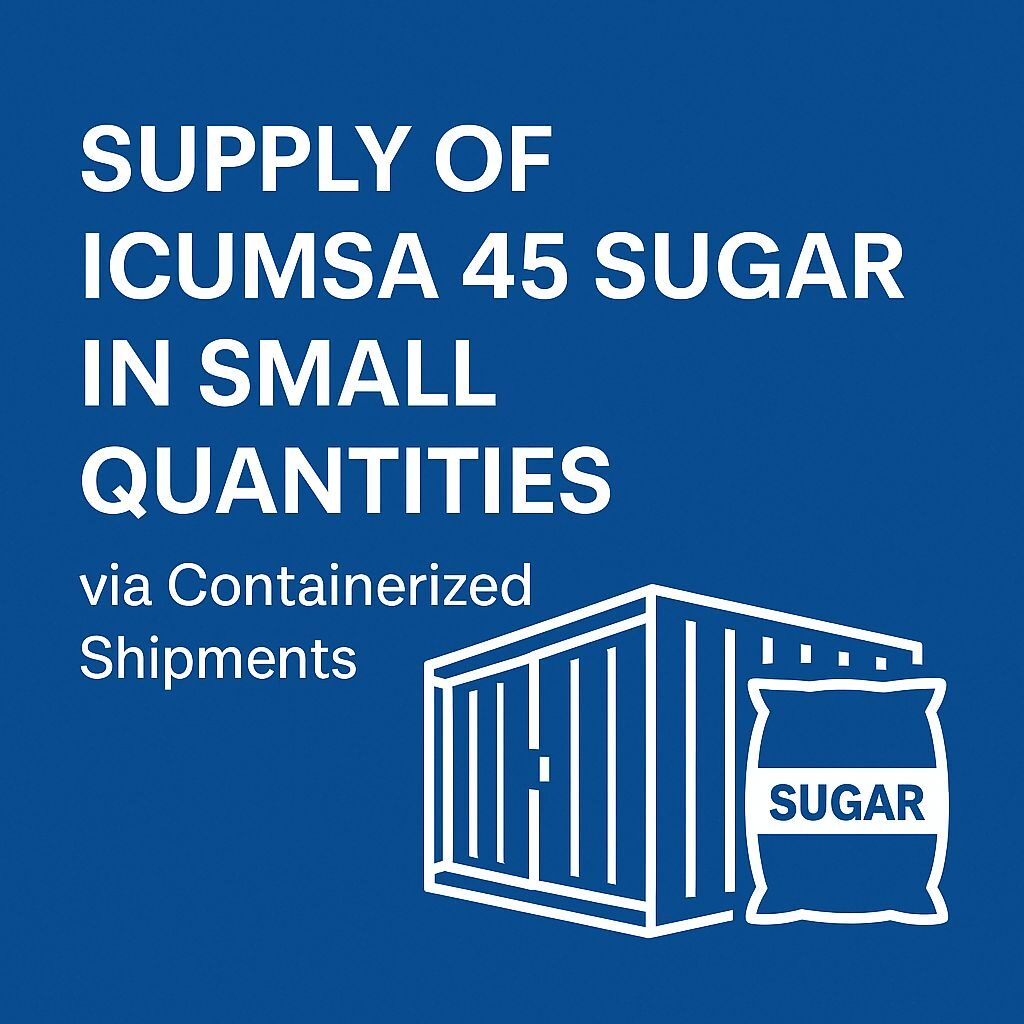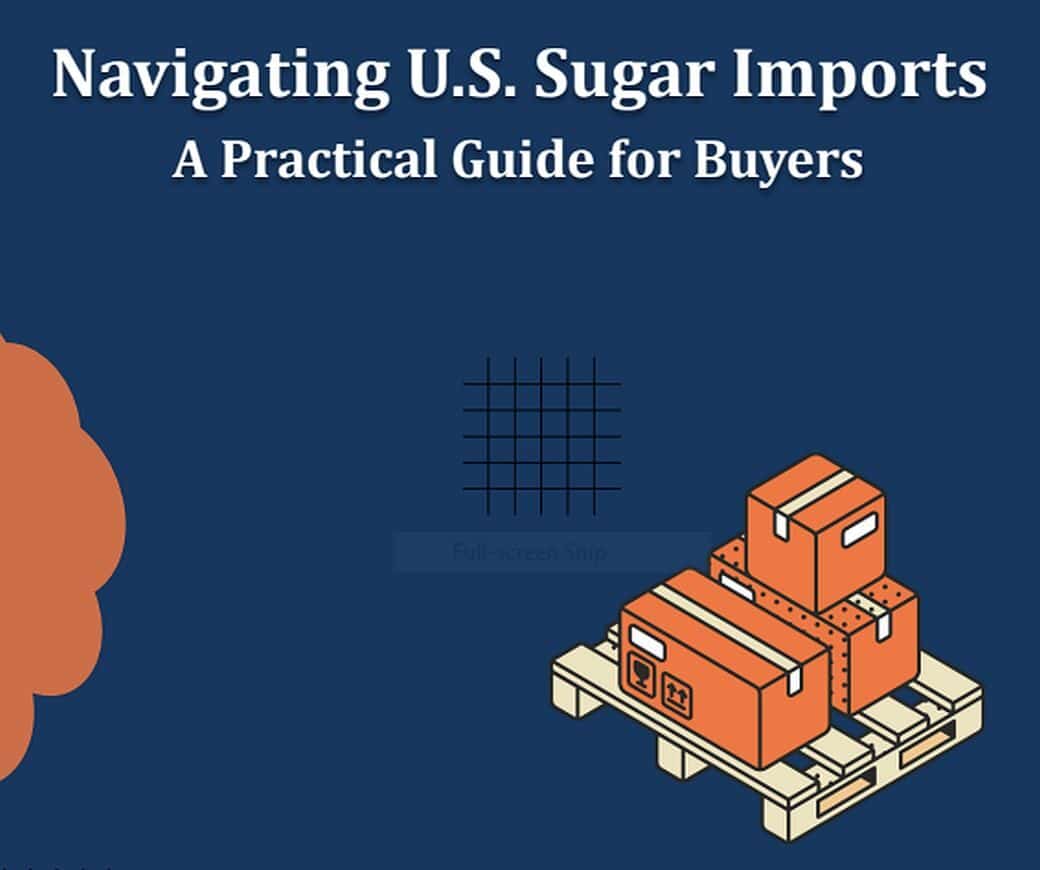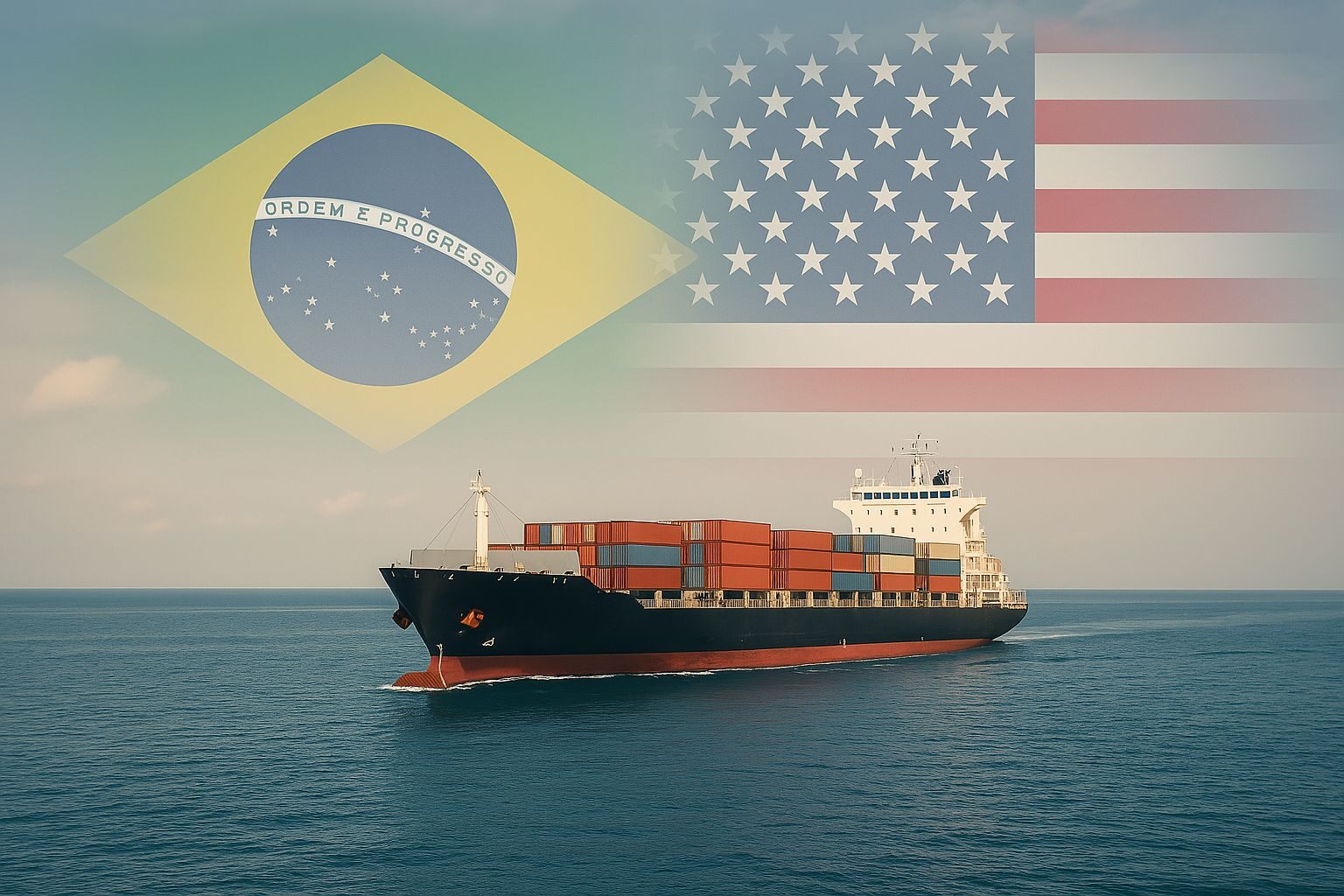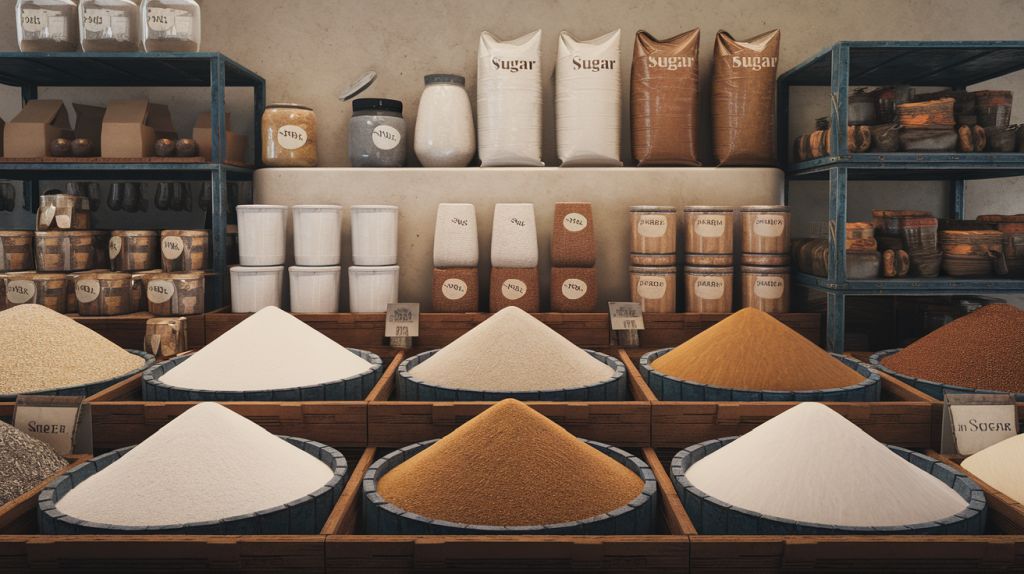Global Sugar Market 2024 Forecast
The global sugar market in 2024 is shaping up to be a mix of sweet and sour. A volatile blend of weather patterns, geopolitical developments, and evolving consumer trends is driving significant fluctuations in sugar prices. Whether you’re a farmer, trader, or consumer, understanding these dynamics is essential.
Factors Shaping the Sugar Market
Supply and Demand A Delicate Dance
The balance between sugar production and consumption is the driving force behind price fluctuations. Agricultural conditions play a pivotal role here—droughts, floods, and other weather extremes can drastically impact sugarcane and beet crops, reducing yields and driving prices up. On the demand side, shifting dietary preferences, particularly the growing adoption of alternative sweeteners, also influence sugar consumption patterns.
The Global Stage Trade and Tariffs
Beyond the fields and factories, geopolitical forces heavily sway the sugar market. Trade agreements and tariffs act like chess pieces in a global game, moving sugar from one country to another. For example, if a major importer like the European Union imposes tariffs on sugar exports from Brazil, it could shift global supply chains and send ripple effects through global prices. Understanding these trade mechanisms is key for navigating price trends.
Political Stability The Impact of Key Players
Major sugar-producing countries such as Brazil, India, and Thailand dominate global production. However, political instability in these regions can disrupt the market. Civil unrest, shifts in government policies, or even labor strikes can slow down production or hamper exports, further tightening supply and pushing up prices. In markets where political risk is high, price volatility tends to follow.
Technological Advances The Cutting Edge of Sugar Production
Technology is rapidly transforming sugar production. Innovations such as genetically modified sugarcane varieties, which are more resilient to environmental stress, are helping farmers increase yield. On the processing side, new machinery allows for more efficient and cost-effective harvesting. Additionally, the rising demand for biofuels, particularly ethanol made from sugarcane, is diverting part of the sugar crop away from food markets, adding another layer of complexity to supply availability and prices.
A Global Sugar Map Regional Differences
North America A Sheltered Market
In the United States and Canada, domestic policies like the U.S. Farm Bill help maintain price stability in the sugar market. This provides a degree of protection from the global price swings experienced in other regions, though changes in global supply chains still have an indirect impact.
South America The Sugar Giant
Brazil stands at the forefront of global sugar production, but its significant focus on ethanol as a biofuel sometimes complicates sugar availability for food markets. When more sugarcane is diverted to biofuel production, less is available for consumption, leading to supply shortages and upward pressure on prices globally.
Asia A Growing Appetite
In Asia, India and China are two major consumers and producers of sugar. India’s sugar industry is closely tied to government subsidies and pricing controls, while the unpredictable monsoon season significantly affects annual sugar yields. Meanwhile, China’s growing middle class is increasing its consumption of sugar, which is pushing up demand and prices across the region.
Europe Balancing Sustainability and Supply
The European Union operates under a quota system that regulates how much sugar can be produced domestically. This system, coupled with the EU’s strong focus on environmental sustainability, affects both price and availability. Additionally, Europe’s refined sugar market faces competition from alternative sweeteners, which continue to reshape demand.
Predicting Sugar Prices What Lies Ahead
Expert Forecasts
Predicting sugar prices in 2024 is no easy feat. Analysts are closely watching weather patterns, geopolitical developments, and technological advancements to gauge price trends. While some experts anticipate prices will remain steady, others believe that unexpected political shifts or environmental disasters could send prices soaring—or plunging.
Learning from the Past
Historical price trends can offer valuable insights. By studying previous fluctuations in the sugar market—such as during the 2008 financial crisis or the 2020 COVID-19 pandemic—we can make more informed predictions. In periods of economic uncertainty, commodities like sugar often see significant volatility.
Strategies for Navigating Sugar Prices
Farmers Innovate and Diversify
Farmers can mitigate the risks of fluctuating sugar prices by diversifying their crops or investing in new agricultural technologies. By reducing dependency on a single commodity, they can better weather market storms.
Traders and Investors Hedging Risks
Those involved in trading sugar can use financial instruments like sugar futures to hedge against price fluctuations. By locking in prices ahead of time, traders and investors can protect themselves from sudden market shifts.
Businesses and Consumers Adapting to Price Shocks
Companies that rely heavily on sugar, such as food manufacturers, can manage price increases by buying in bulk or sourcing alternative sweeteners. Consumers, meanwhile, may see rising costs in products containing sugar, leading some to seek cheaper alternatives.
Sugar FAQs Your Sweet Guide
Q1: What’s driving sugar prices in 2024?
A mix of factors—including production levels, consumption trends, global trade policies, and technological advancements—are all influencing prices.
Q2: How does weather impact the sugar market?
Weather is a crucial factor. Droughts, floods, and unexpected weather patterns can reduce crop yields, driving up prices.
Q3: How do trade rules affect sugar prices?
Trade agreements and tariffs can shift the flow of sugar between countries, impacting global supply and demand, which in turn affects prices.
Q4: How does Brazil’s biofuel production affect the sugar market?
When Brazil diverts more sugarcane to produce ethanol, less is available for food consumption, which can push global sugar prices higher.
Q5: Which countries dominate sugar production?
Brazil, India, China, and the United States are the largest sugar producers, shaping global supply.
Q6: How do governments regulate sugar prices?
In many countries, governments use subsidies, quotas, or price controls to stabilize the sugar market.
Q7: Will sugar prices be volatile in 2024?
While it’s difficult to predict, many experts anticipate continued volatility due to weather patterns, political developments, and market shifts.
Q8: How can farmers protect themselves from price volatility?
Farmers can diversify their crops or use financial tools like futures contracts to manage the risk of price fluctuations.
Q9: Can I invest in sugar?
Yes, investors can buy sugar futures or invest in sugar-producing companies.
Q10: Will sugar prices affect the cost of consumer goods?
Yes, if sugar prices rise, it can lead to higher costs for products containing sugar, from soft drinks to baked goods.







